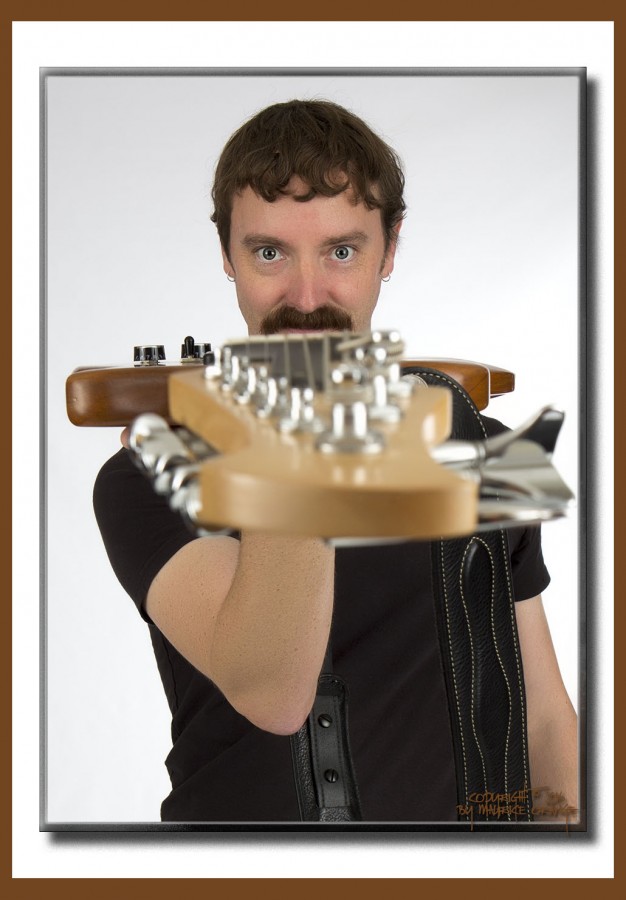Music comes in all sorts of innovative forms. Lecturer and composer Chris Warren shows this with his new exhibit “Low: The Power & Beauty of Bass.”
Warren is a sound artist, signal processing researcher and a professor at San Diego State. He earned a doctorate in computer music from UC San Diego, a master’s degree in music, science and technology from Stanford University and a bachelor’s degree in music composition from Brandeis University in Massachusetts. One of his research topics is acoustic measurement.
Warren is also a lecturer in SDSU’s School of Music and Dance. He currently teaches Electro-Acoustic Music Composition, a course he said he enjoys teaching the pure good of music to students.
“I get to help all of these composers learn to create their own personalized synthesizers and drum machines that they can use to create compositions,” he said. “I want them to sound more like themselves and refine their ability to express themselves in this sonic medium.”
His new exhibition “Low: The Power & Beauty of Bass” is currently featured at the Museum of Making Music in Carlsbad.
“I wanted to make an exhibit that focuses on experiencing bass instruments through as many different avenues as we could make that happen,” Warren said. “I wanted to make interactive exhibits that really hook the viewer into them and helps explain how these instruments work, how low frequencies work and what bass feels, sounds and looks like.”
Warren said the open-minded collaborators at the Museum of Making Music helped Warren bring the exhibition to life.
One exhibit from “Low: The Power & Beauty of Bass” involves non-auditory senses. Museum-goers can touch or lean against this exhibit to hear and feel the lowest bass note. The note drops and drops until they can no longer hear it but can continue to feel it.
The exhibition features many other interactive exhibits for viewers to experience and enjoy. They will be able to see, hear and feel low sound throughout the musical journey. Warren hopes to inspire people with his new project.
“Once people start thinking about bass and bass instruments in a little bit more nuance of a way and have the opportunity to interact with some of these, I’m hoping it inspires them to think about music a little more and let it into their lives more,” he said. “I’m also hoping it inspires them to pick up an instrument if they haven’t before.”
The exhibition also features different instruments on display. Some of these unique instruments are the bassoon, bass trombone, tuba and the kick drum.
Warren is grateful for new technological advances and tools because of the ability to design and implement such a tactile and interactive exhibition.
Music is important to Warren for many different reasons.
“It is this beautiful, secondary language that we all share,” he said. “In so many ways, it is more directly tied to our emotions. This is a language we can speak that speaks directly to people in a way that words can’t quite achieve.”







